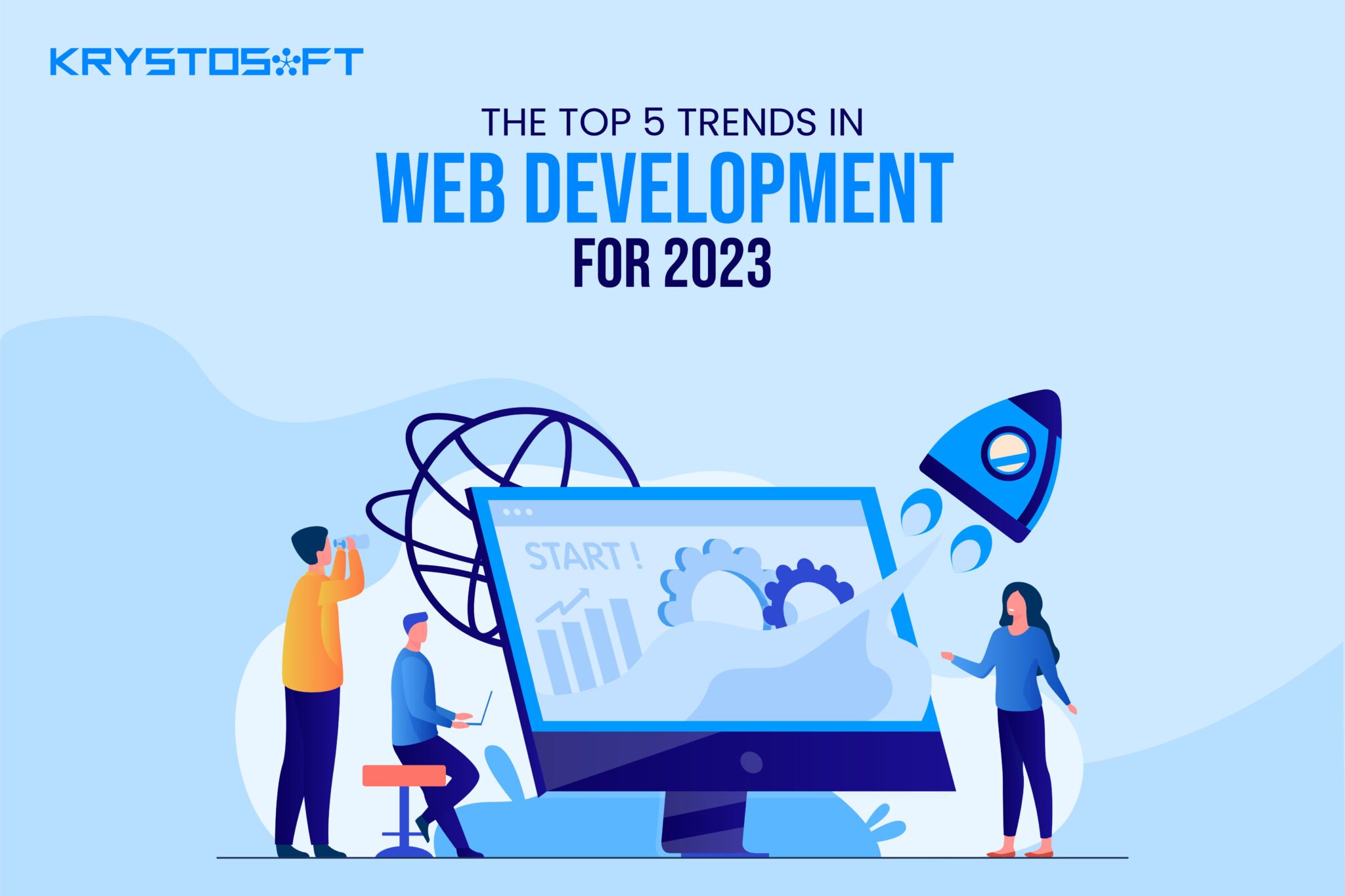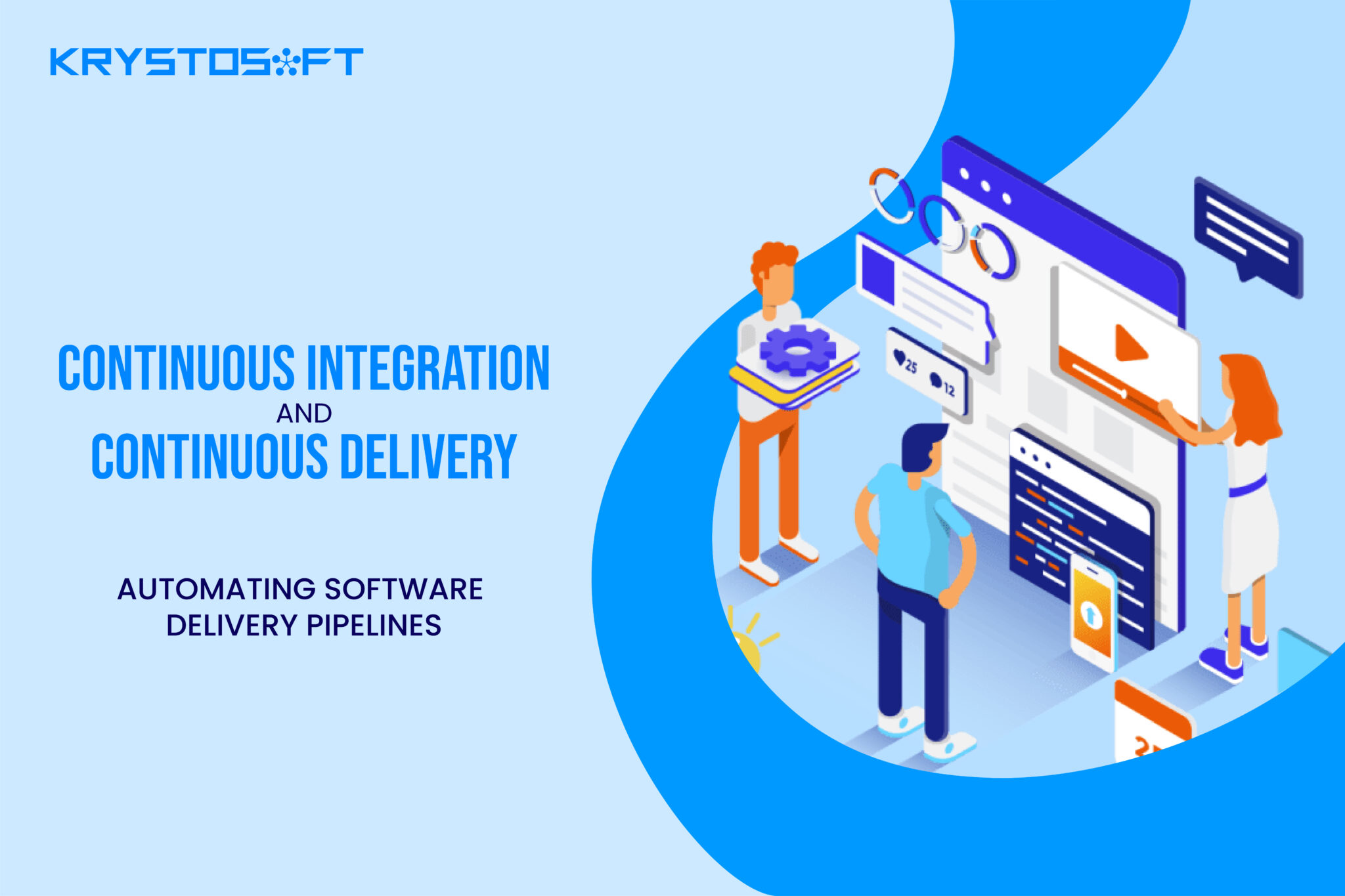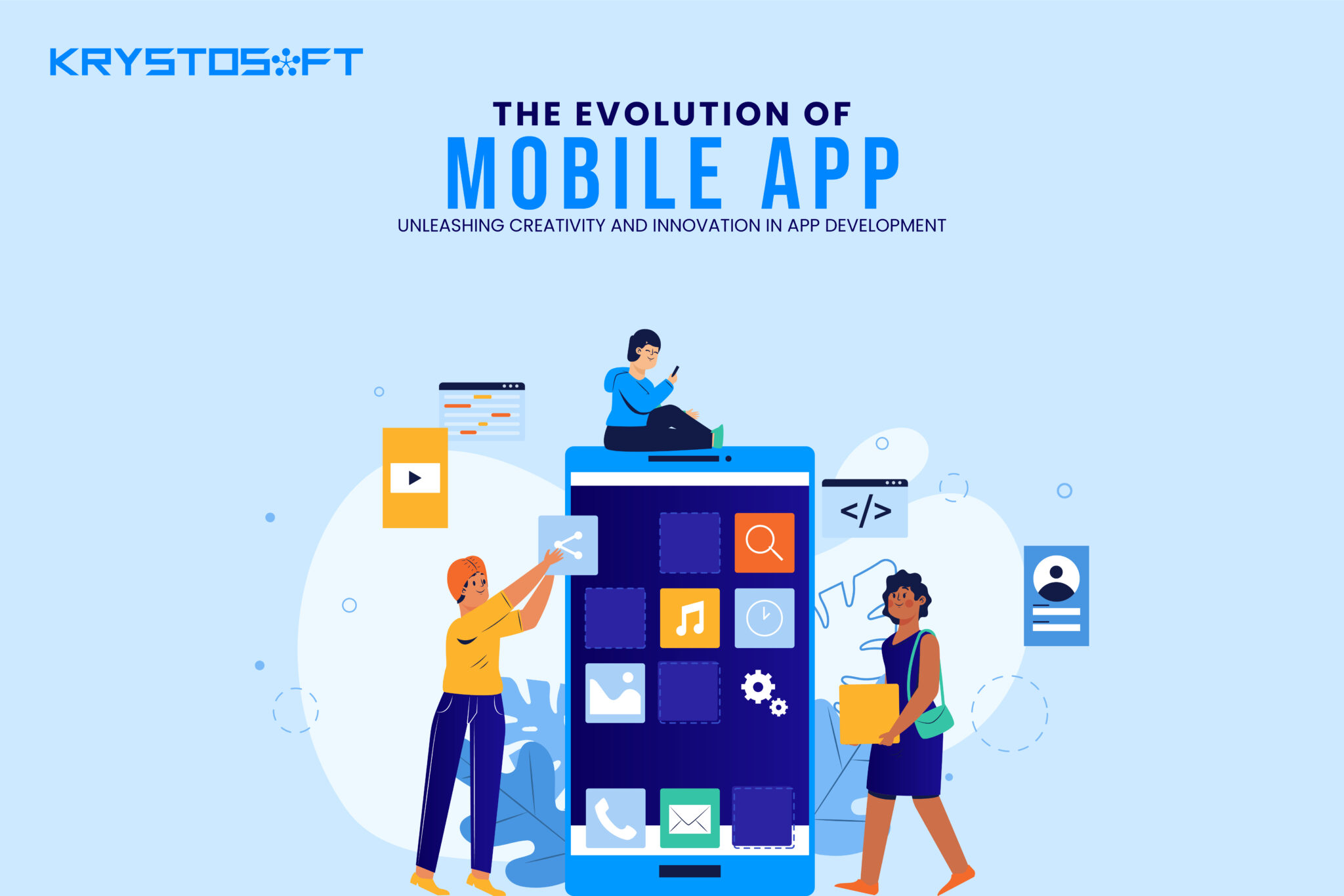The Internet of Things (IoT) has become one of the most transformative technological advancements of the 21st century, promising to revolutionize the way we live and work. IoT refers to the network of physical devices, vehicles, appliances, and other objects embedded with sensors, software, and connectivity that enables them to collect and exchange data. This interconnected ecosystem of “smart” devices has already started reshaping various aspects of our daily lives, driving unprecedented convenience, efficiency, and innovation. In this blog, we will explore the IoT revolution and dive into everyday examples that showcase its tremendous potential.
Smart Home: Redefining Domestic Life
One of the most visible impacts of IoT is its integration into our homes, transforming them into smart, connected spaces. Smart home devices like thermostats, lighting systems, and security cameras can be controlled remotely through smartphones or voice-activated assistants. For instance, you can adjust the room temperature while away from home, turn on the lights before entering a room, or receive real-time alerts if the security system detects any unusual activity. This level of automation not only enhances convenience but also promotes energy efficiency and security.
For instance, imagine waking up and saying, “Hey, Google, good morning!” Your smart home assistant responds by adjusting the blinds to let in gentle sunlight and turning on your coffee machine. As you get ready, the assistant provides a weather update and suggests the best route to work based on real-time traffic data. At the end of the day, you leave the office, and your smart thermostat adjusts the temperature at home to your preferred setting, ensuring a cozy atmosphere when you return.
Or you’re stuck in traffic during rush hour, frustrated and running late for an important meeting. However, thanks to IoT-enabled smart traffic lights, the system detects the congestion and adjusts signal timings to optimize traffic flow. Simultaneously, smart parking sensors notify you of available parking spaces nearby, saving you time and reducing traffic congestion in the area.
Wearable Devices: Monitoring Our Health
IoT has made its way into the healthcare industry through wearable devices like fitness trackers and smartwatches. These devices collect data on our physical activities, heart rate, sleep patterns, and more, providing valuable insights into our health and wellness. With continuous monitoring, individuals can proactively manage their health, set fitness goals, and receive alerts about potential health concerns. Wearables have also enabled remote patient monitoring, allowing healthcare professionals to deliver personalized care and respond promptly to any issues.
For example, you put on your fitness tracker or smartwatch before going for a morning jog. Throughout the run, it monitors your heart rate, distance covered, and calories burned. After the workout, the data syncs to your smartphone, providing detailed insights into your exercise routine and sleep patterns. With this information, you can set fitness goals and track your progress over time, empowering you to make healthier lifestyle choices.
For individuals with hypertension or those keen on monitoring their blood pressure regularly, wearable blood pressure monitors are now available. These devices come in the form of a cuff or wristband and provide accurate readings of your blood pressure throughout the day. You can track trends in your blood pressure and share the data with your healthcare provider for better management of your health.
Smart Transportation: Reducing Congestion and Emissions
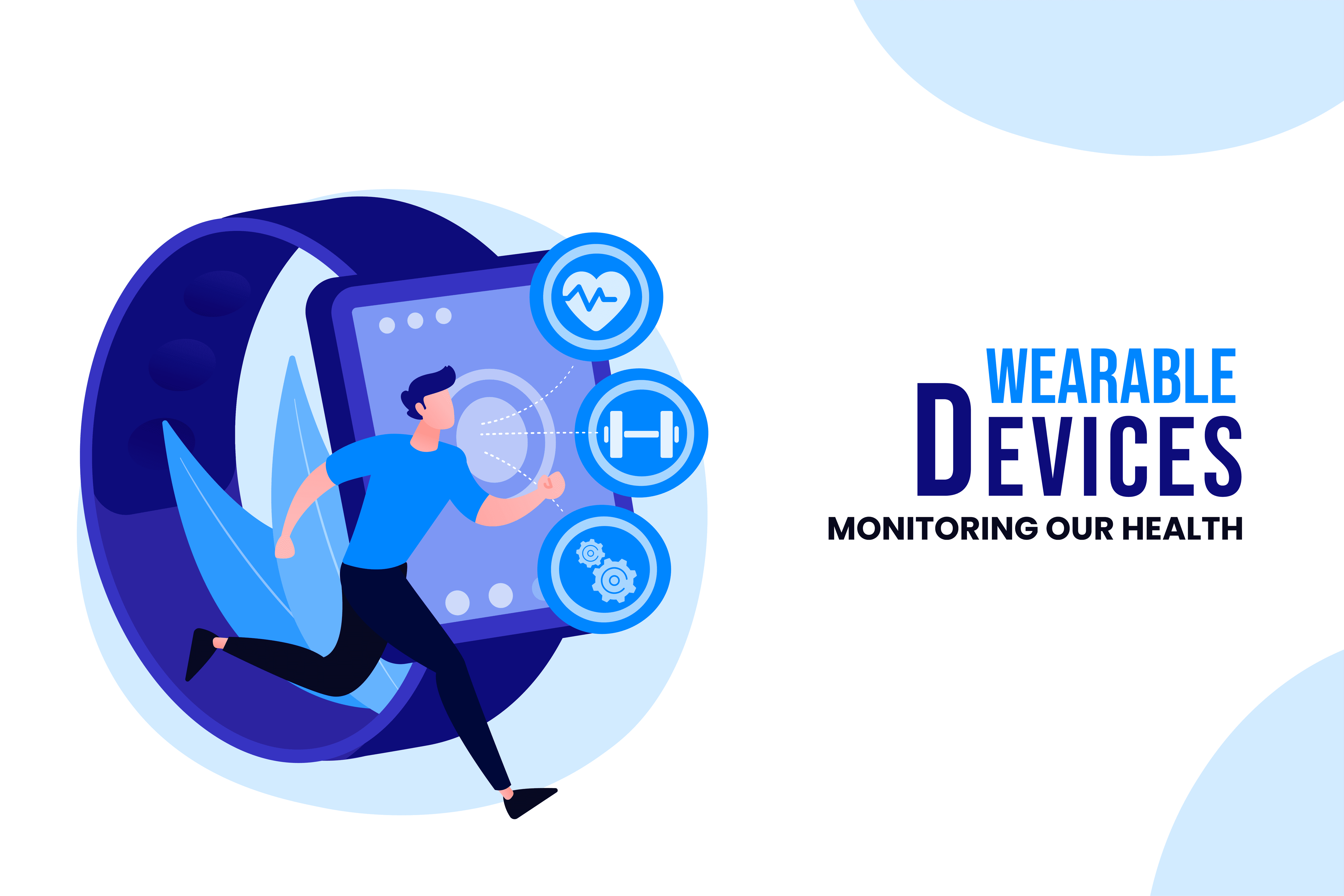
IoT is revolutionizing the transportation sector by optimizing traffic flow, reducing congestion, and promoting eco-friendly practices. Intelligent transportation systems, such as connected traffic lights and smart parking solutions, can dynamically adjust traffic signals and guide drivers to available parking spaces, minimizing time wasted in traffic. Additionally, IoT-enabled sensors in vehicles can monitor engine performance and driving behavior, leading to better fuel efficiency and reduced carbon emissions.
IoT-enabled smart parking solutions play a significant role in reducing traffic congestion in urban areas. These systems utilize sensors installed in parking spaces to monitor their occupancy status in real-time. Drivers can access this information through mobile apps, guiding them to available parking spots without the need to circle around searching for parking. Smart parking systems not only save time for drivers but also reduce unnecessary vehicle circulation, consequently cutting down on traffic congestion.
Smart transportation includes real-time tracking and information dissemination for public transportation systems. Commuters can access data on the location and estimated arrival time of buses, trains, or subways through mobile apps or electronic display boards at transit stops. This data empowers passengers to plan their journeys more efficiently, leading to reduced waiting times and increased overall satisfaction with public transportation services.
Industrial IoT: Boosting Productivity and Efficiency
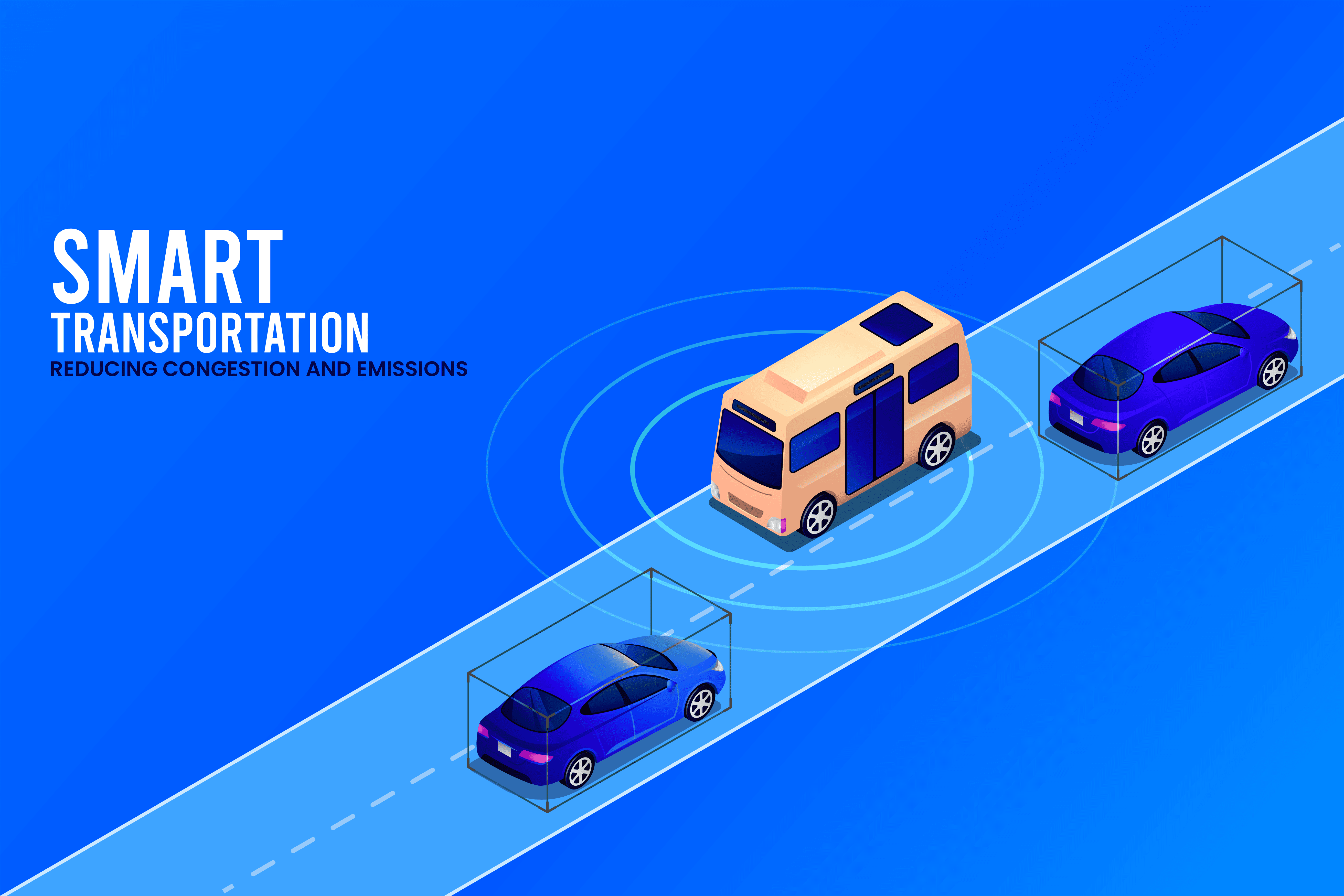
The IoT revolution extends to the industrial sector, where it’s known as the Industrial Internet of Things (IIoT) or Industry 4.0. Manufacturing facilities now utilize IoT devices and sensors to monitor equipment performance, track inventory, and optimize production processes in real time. Predictive maintenance, enabled by IoT, helps prevent costly breakdowns by identifying potential issues before they occur. Furthermore, IoT-driven data analytics and machine learning enable businesses to make informed decisions and increase productivity.
IIoT is optimizing supply chain management by providing real-time visibility and tracking of products and inventory. Sensors embedded in shipment containers or warehouses enable logistics managers to monitor the location, temperature, and humidity of goods throughout the supply chain. This data-driven approach enhances efficiency, reduces lead times, minimizes inventory holding costs, and enables proactive decision-making to avoid supply chain disruptions.
In industrial settings, energy consumption is a significant cost factor. IIoT allows companies to implement smart energy management solutions that monitor and optimize energy usage in real-time. Smart sensors installed on equipment can adjust power consumption based on demand, production levels, and energy tariffs. As a result, industrial facilities can reduce energy waste, lower operational costs, and contribute to a more sustainable approach to energy consumption.
Smart Agriculture: Revolutionizing Farming Practices
In the agricultural sector, IoT is playing a pivotal role in revolutionizing traditional farming practices. Smart agriculture utilizes sensors and IoT devices to monitor soil moisture, temperature, and humidity levels, as well as the health of crops and livestock. This data-driven approach enables farmers to make precise decisions about irrigation, fertilization, and pest control, leading to higher crop yields and reduced resource wastage.
Smart agriculture enables precision planting and harvesting through the use of GPS-guided equipment. Planting seeds at optimal spacing and depth ensures uniform plant growth and maximizes land usage. During harvest, GPS technology allows farmers to precisely target the ripest crops, reducing waste and enhancing overall efficiency.
Real-time weather data is crucial for making informed farming decisions. Smart agriculture incorporates weather monitoring stations that provide up-to-date information on temperature, humidity, precipitation, and wind speed. By coupling this data with advanced weather forecasting, farmers can anticipate weather patterns and plan their agricultural activities accordingly, mitigating risks associated with extreme weather events.
The Internet of Things is rapidly transforming the way we live and work, introducing a new era of connectivity and efficiency. Everyday examples of IoT applications showcase their immense potential to enhance our lives in various domains, from home automation and healthcare to transportation, industry, and agriculture. As IoT technology continues to evolve, its impact on society will undoubtedly expand, opening up new possibilities for innovation, sustainability, and improved quality of life. Embracing IoT’s potential responsibly and ethically will be crucial as we step into a future where connectivity becomes an integral part of our daily existence.


